Episodes
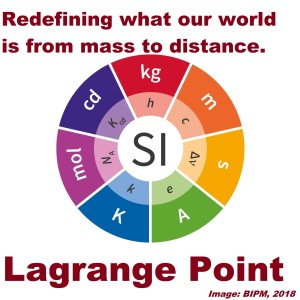
Monday Nov 05, 2018
Episode 299 - Redefining the kilogram a history of measurement
Monday Nov 05, 2018
Monday Nov 05, 2018
Have you ever stopped to wonder what ruler rules them all? How we set the standard for height, for weight, for everything around us? What if you weighed one thing one day, and travelled to another country and suddenly gained 5 kgs or had to use an entirely different weight system? What if you weighed one thing this week and more the next? This week we find out the history measurement systems, how we've standardised them and come up with unique and repeatable measures that don't rely on artefacts (real and metaphorically).
References:
- Suplee, C., Lauren Lee, J., Gillespie, A., Porter, G., Stein, B., & Phillips, B. et al. (2018). A Turning Point for Humanity: Redefining the World’s Measurement System. Retrieved from https://www.nist.gov/si-redefinition/turning-point-humanity-redefining-worlds-measurement-system
- Jabbour, Z., & Yaniv, S. (2001). The kilogram and measurements of mass and force. Journal of Research of the National Institute of Standards and Technology, 106(1), 25. doi:10.6028/jres.106.003
- Newell, D. B. (2014). A more fundamental International System of Units. Physics Today, 67(7), 35-41. doi:10.1063/pt.3.2448
- Bureau International des Poids et Mesures. (n.d.). On the future revision of the SI. Retrieved from https://www.bipm.org/en/measurement-units/rev-si/
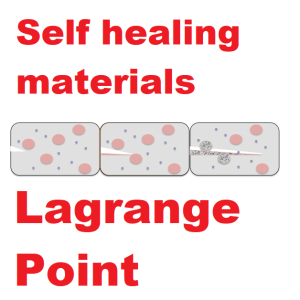
Monday Oct 29, 2018
Episode 298 - Self healing materials, scratch tests and the crockmeter
Monday Oct 29, 2018
Monday Oct 29, 2018
Self healing materials sound like science fiction, but how can we turn them into a reality? What does self healing even mean? We dive into the material science of self healing systems to find out what mechanism are used and how you can make a material heal. Plus we find out how you can make a self healing material out of common plastics using one of the weakest forces. Plus how scientists test and assess different materials including using....a crockmeter.
References:
- Marek W. Urban, Dmitriy Davydovich, Ying Yang, Tugba Demir, Yunzhi Zhang, Leah Casabianca. Key-and-lock commodity self-healing copolymers. Science, 2018; 362 (6411): 220 DOI: 10.1126/science.aat2975
- Linqian Feng, Beatrice (Nadia) Benhamida, Chen-Yuan Lu, Li Piin Sung, Pierre Morel, Andrew T. Detwiler, Jon M. Skelly, Leslie T. Baker, Deepanjan Bhattacharya. Fundamentals and characterizations of scratch resistance on automotive clearcoats. Progress in Organic Coatings, 2018; 125: 339 DOI: 10.1016/j.porgcoat.2018.09.011
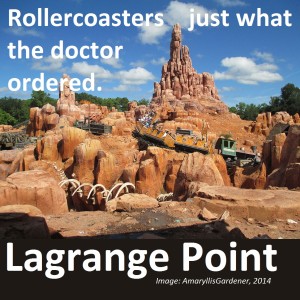
Monday Sep 17, 2018
Monday Sep 17, 2018
It's Ignobel Prize 2018 time. As part of Improbable Research's celebration of curious and comedic science, we find out the rollercoasters, and how they are just what the doctor ordered. The Ignobel Prize 2018 in Medicine went to Mitchel and Wartinger for their ground breaking work into how to use rollercoasters to treat Kidney stones. We look into how rollercoasters work, their impact on the body, and how it can help pass kidney stones. Plus we look at some research into how rollercoaster g-force can impact your brain.
References:
- Marc A. Mitchell, David D. Wartinger. Validation of a Functional Pyelocalyceal Renal Model for the Evaluation of Renal Calculi Passage While Riding a Roller Coaster. The Journal of the American Osteopathic Association, 2016; 116 (10): 647 DOI: 10.7556/jaoa.2016.128
- ROLLER COASTER PHYSICS & G FORCES - COASTERFORCE. (2018). Retrieved from http://coasterforce.com/physics/
- DeHart, Roy L. (2002). Fundamentals of Aerospace Medicine: 3rd Edition. Lippincott Williams & Wilkins.
- "NASA Physiological Acceleration Systems". Web.archive.org. 2008-05-20. Archived from the original on 2008-05-20. Retrieved 2012-12-25.
- NASA Technical note D-337, Centrifuge Study of Pilot Tolerance to Acceleration and the Effects of Acceleration on Pilot Performance, by Brent Y. Creer, Captain Harald A. Smedal, USN (MC), and Rodney C. Vtlfngrove, figure 10
- NASA Technical note D-337, Centrifuge Study of Pilot Tolerance to Acceleration and the Effects of Acceleration on Pilot Performance, by Brent Y. Creer, Captain Harald A. Smedal, USN (MC), and Rodney C. Vtlfngrove
- Kuo, Calvin & Wu, Lyndia & P Ye, Patrick & Laksari, Kaveh & Benjamin Camarillo, David & Kuhl, Ellen. (2017). Pilot Findings of Brain Displacements and Deformations During Roller Coaster Rides. Journal of neurotrauma. 34. 10.1089/neu.2016.4893.
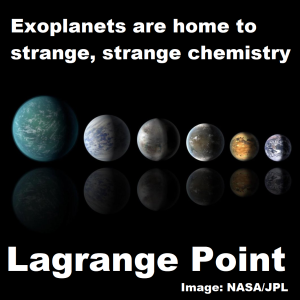
Monday Sep 03, 2018
Monday Sep 03, 2018
Exoplanets are home to some extremely out of this world chemistry. From raining diamonds, to gaseous iron and titanium, even to secret supplies of water. If we want to understand just how unique our place in the universe is, we can try and replicate the odd conditions of exoplanets right here on earth.
References
- Peter M. Celliers et al. Insulator-metal transition in dense fluid deuterium. Science, 2018 DOI: 10.1126/science.aat0970
- Sergey S. Lobanov, Qiang Zhu, Nicholas Holtgrewe, Clemens Prescher, Vitali B. Prakapenka, Artem R. Oganov, Alexander F. Goncharov. Stable magnesium peroxide at high pressure. Scientific Reports, 2015; 5: 13582 DOI: 10.1038/srep13582
- H. Jens Hoeijmakers, David Ehrenreich, Kevin Heng, Daniel Kitzmann, Simon L. Grimm, Romain Allart, Russell Deitrick, Aurélien Wyttenbach, Maria Oreshenko, Lorenzo Pino, Paul B. Rimmer, Emilio Molinari, Luca Di Fabrizio. Atomic iron and titanium in the atmosphere of the exoplanet KELT-9b. Nature, 2018; DOI: 10.1038/s41586-018-0401-y
- Goldschmidt Conference. (2018, August 18). Water-worlds are common: Exoplanets may contain vast amounts of water. ScienceDaily. Retrieved August 18, 2018 from www.sciencedaily.com/releases/2018/08/180818115758.htm
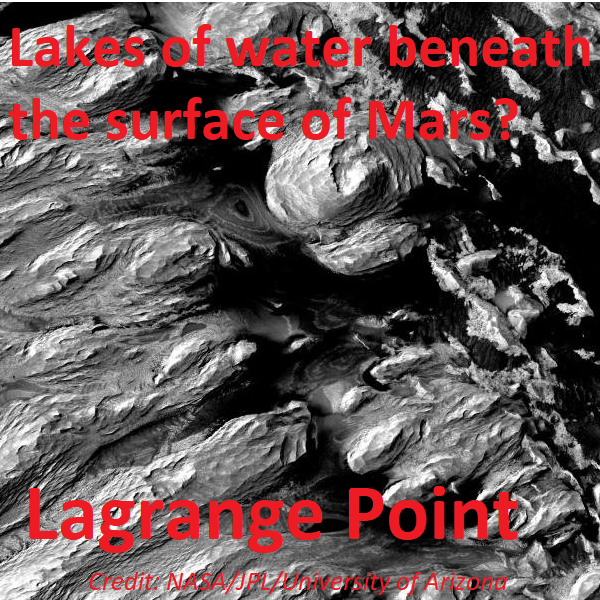
Monday Jul 30, 2018
Monday Jul 30, 2018
We are often tantalized by the prospect of water on Mars, but thanks to a Teenage Satellite we have found lakes of water on Mars, just beneath the surface. Plus we find out where all that martian dust comes from and check in on everyone's favourite Comet, 67-p.
- R. Orosei, S. E. Lauro, E. Pettinelli, A. Cicchetti, M. Coradini, B. Cosciotti, F. Di Paolo, E. Flamini, E. Mattei, M. Pajola, F. Soldovieri, M. Cartacci, F. Cassenti, A. Frigeri, S. Giuppi, R. Martufi, A. Masdea, G. Mitri, C. Nenna, R. Noschese, M. Restano, R. Seu. Radar evidence of subglacial liquid water on Mars. Science, 2018; eaar7268 DOI: 10.1126/science.aar7268
- Horner, J. (2018, July 26). Discovered: A huge liquid water lake beneath the southern pole of Mars. Retrieved from http://theconversation.com/discovered-a-huge-liquid-water-lake-beneath-the-southern-pole-of-mars-100523
- Lujendra Ojha, Kevin Lewis, Suniti Karunatillake, Mariek Schmidt. The Medusae Fossae Formation as the single largest source of dust on Mars. Nature Communications, 2018; 9 (1) DOI: 10.1038/s41467-018-05291-5
- K. L. Heritier, K. Altwegg, J.-J. Berthelier, A. Beth, C. M. Carr, J. De Keyser, A. I. Eriksson, S. A. Fuselier, M. Galand, T. I. Gombosi, P. Henri, F. L. Johansson, H. Nilsson, M. Rubin, C. Simon Wedlund, M. G. G. T. Taylor, E Vigren. On the origin of molecular oxygen in cometary comae. Nature Communications, 2018; 9 (1) DOI: 10.1038/s41467-018-04972-5
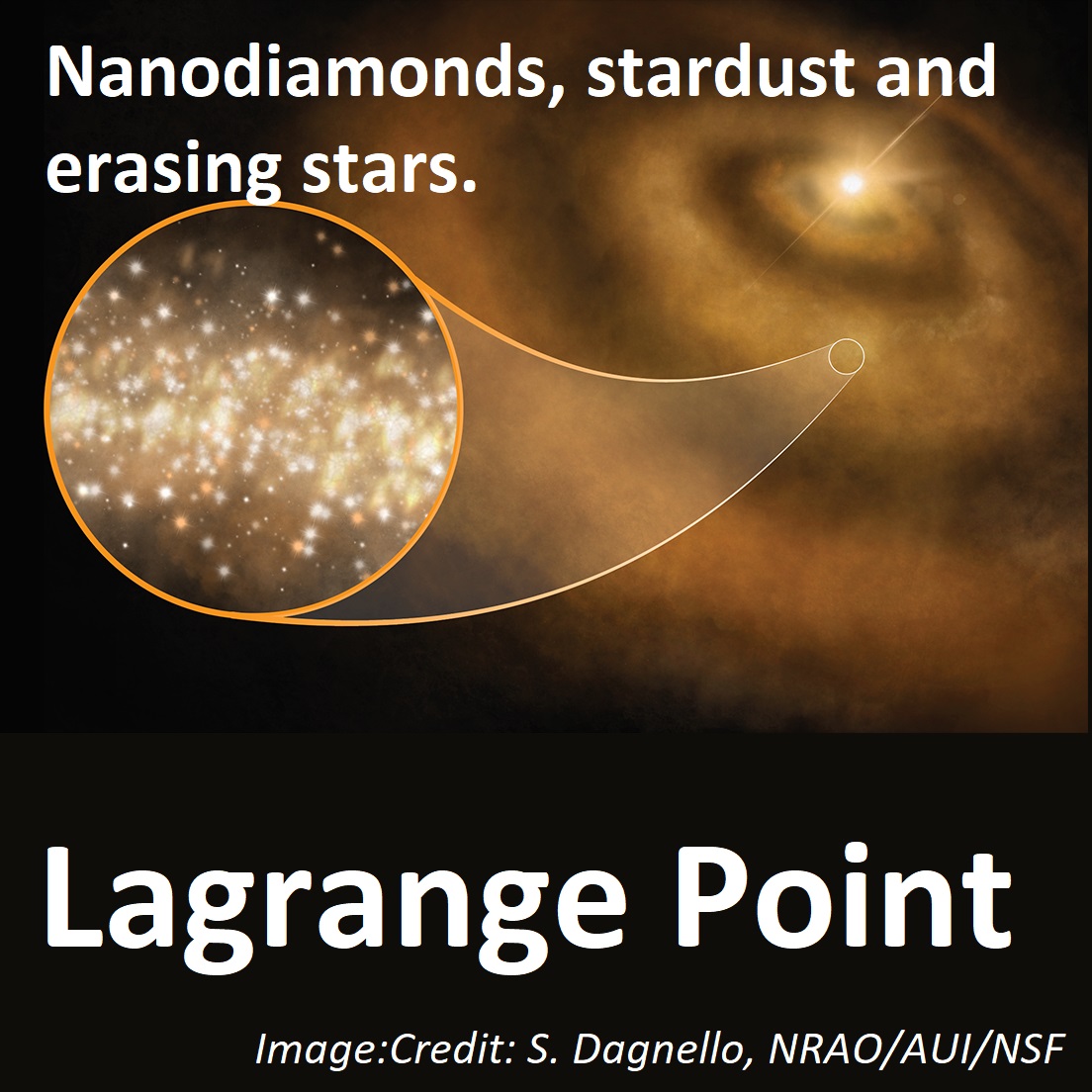
Monday Jun 25, 2018
Episode 280 - Nanodiamonds, Stardust, Comets and erasing Stars
Monday Jun 25, 2018
Monday Jun 25, 2018
Astronomy can be quite beautiful at times. From nano-diamonds giving the galaxy a shimmering glow, to stardust leftover from the creation of the solar system hitching a ride on a coment. We also find out about new ways to hunt for exoplanets by erasing stars with filters.
- Hope A. Ishii, John P. Bradley, Hans A. Bechtel, Donald E. Brownlee, Karen C. Bustillo, James Ciston, Jeffrey N. Cuzzi, Christine Floss, David J. Joswiak. Multiple generations of grain aggregation in different environments preceded solar system body formation. Proceedings of the National Academy of Sciences, 2018; 201720167 DOI: 10.1073/pnas.1720167115
- J. S. Greaves, A. M. M. Scaife, D. T. Frayer, D. A. Green, B. S. Mason, A. M. S. Smith. Anomalous microwave emission from spinning nanodiamonds around stars. Nature Astronomy, 2018; DOI: 10.1038/s41550-018-0495-z
- H.J. Hoeijmakers, H. Schwarz, I.A.G. Snellen, R.J. de Kok, M. Bonnefoy, G. Chauvin, A.M. Lagrange, J.H. Girard. Medium-resolution integral-field spectroscopy for high-contrast exoplanet imaging: Molecule maps of the beta Pictoris system with SINFONI. Astronomy & Astrophysics, 2018; DOI: 10.1051/0004-6361/201832902
- Image Credit: S. Dagnello, NRAO/AUI/NSF
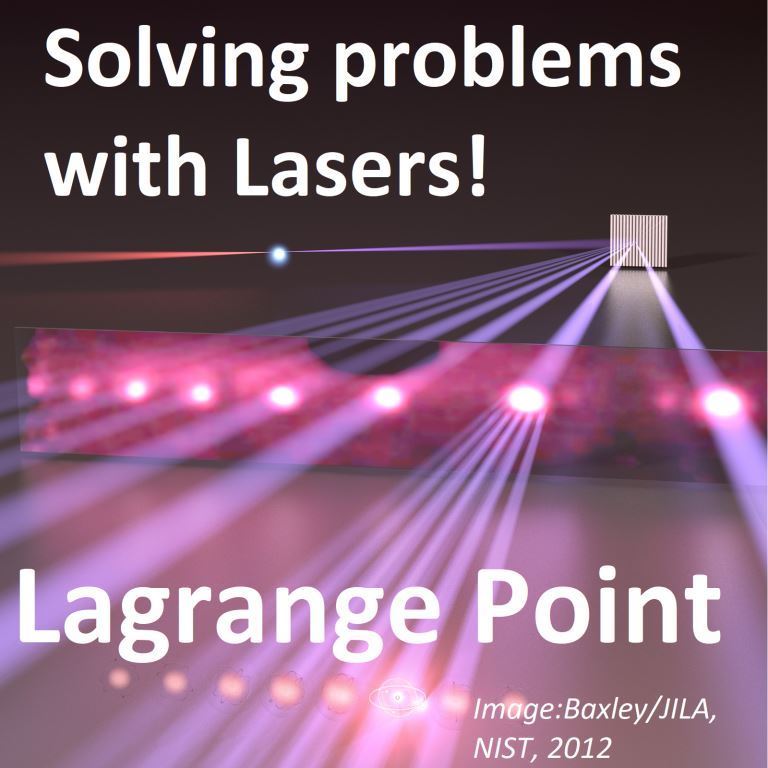
Monday Jun 11, 2018
Episode 278 - Lasers combs for wifi and detecting smells
Monday Jun 11, 2018
Monday Jun 11, 2018
Everyone loves lasers! From science fiction to the military and even scientists in labs. This week we look at using lasers to solve some unusual problems. From something deceptively simple as how to describe a smell to the complexities of better data transmission over WiFi.
- Sarah K. Scholten, Christopher Perrella, James D. Anstie, Richard T. White, Waddah Al-Ashwal, Nicolas Bourbeau Hébert, Jérôme Genest, Andre N. Luiten. Number-Density Measurements of CO2 in Real Time with an Optical Frequency Comb for High Accuracy and Precision. Physical Review Applied, 2018; 9 (5) DOI: 10.1103/PhysRevApplied.9.054043
- Marco Piccardo, Dmitry Kazakov, Noah A. Rubin, Paul Chevalier, Yongrui Wang, Feng Xie, Kevin Lascola, Alexey Belyanin, Federico Capasso. Time-dependent population inversion gratings in laser frequency combs. Optica, 2018; 5 (4): 475 DOI: 10.1364/OPTICA.5.000475
- Image: Extreme ultraviolet (EUV) frequency comb, : Baxley/JILA, 2012, www.nist.gov/pml/div689/euv_comb.cfm
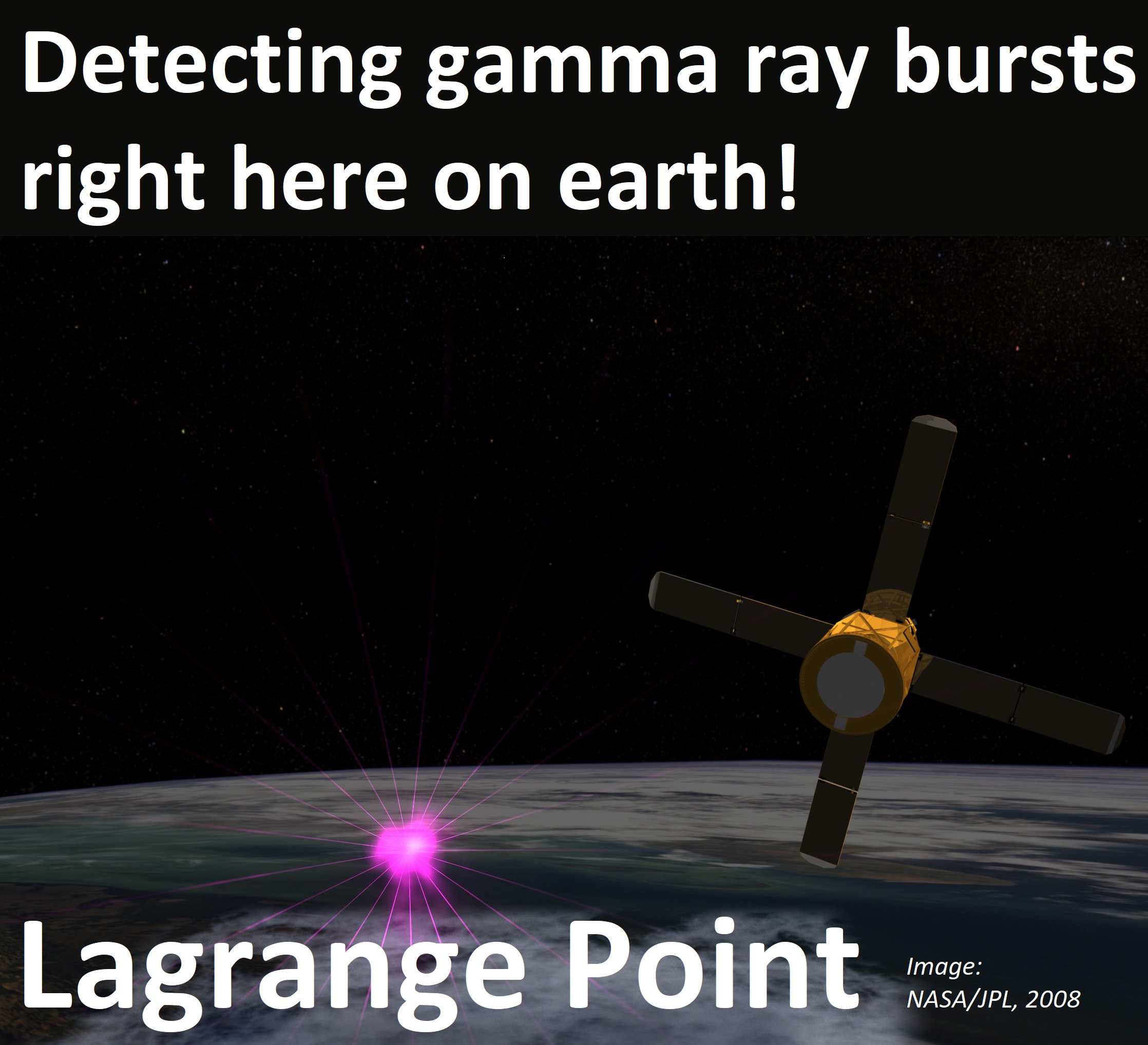
Monday May 28, 2018
Episode 276 - Hunting for gamma rays
Monday May 28, 2018
Monday May 28, 2018
Gamma rays are a mainstay of science fiction, but hunting for these elusive events is a lot easier with the right tools. We find out about two ingenious ways to hunt for gamma rays including flying into a cyclone, using satellites and even a telescope the size of New York.
References:
- G. S. Bowers, D. M. Smith, N. A. Kelley, G. F. Martinez-McKinney, S. A. Cummer, J. R. Dwyer, S. Heckman, R. H. Holzworth, F. Marks, P. Reasor, J. Gamache, J. Dunion, T. Richards, H. K. Rassoul. A Terrestrial Gamma-Ray Flash inside the Eyewall of Hurricane Patricia. Journal of Geophysical Research: Atmospheres, 2018; DOI: 10.1029/2017JD027771
- R. U. Abbasi, T. Abu-Zayyad, E. Barcikowski, J. W. Belz, D. R. Bergman, S. A. Blake, M. Byrne, et al. Gamma-ray Showers Observed at Ground Level in Coincidence With Downward Lightning Leaders. Journal of Geophysical Research: Atmospheres, 2018; DOI: 10.1029/2017JD027931

Tuesday Sep 19, 2017
Tuesday Sep 19, 2017
How do you avoid spilling your coffee? Well different solutions have won the Ignobel prize not once but twice! We find out on this groundbreaking research that makes you laugh and then think.

Tuesday Aug 22, 2017
Episode 236 - Seeing through better windows
Tuesday Aug 22, 2017
Tuesday Aug 22, 2017
How do we make our buildings adapt to the climate around them from turning opaque and clear, to blocking only heat we dive into the science of glass.

Thursday Jan 02, 2014
Episode 16 - Mosh Pits, Maurders maps and mathematics
Thursday Jan 02, 2014
Thursday Jan 02, 2014
What do Mosh Pits, Mauraders maps and beauty have in common? Mathematics of course! In today's episode we get into some mysteries of mathematics and how it relates to everyday life. We look at modelling mosh pits, robots with marauders maps and mathematical definitions of beauty.

Thursday Jan 02, 2014
Episode 17 - Cryptography and code breaking
Thursday Jan 02, 2014
Thursday Jan 02, 2014
We break down some codes and learn how we protect secrets from the past and into the future. We look at the history of code breaking from Ancient Greece, through to Medieval courts and the world wars. We look at the way internet security works, and how we can break codes in the future using mathematics and quantum computing

